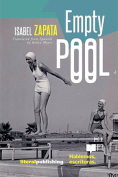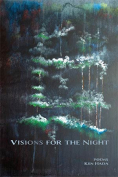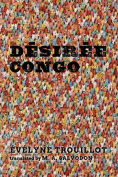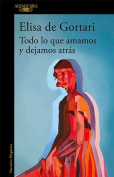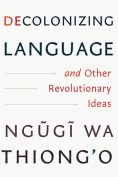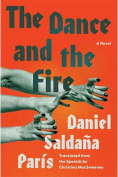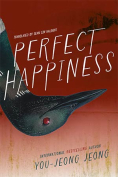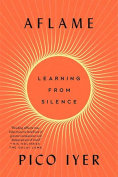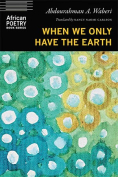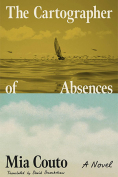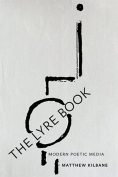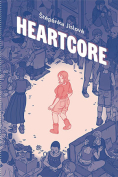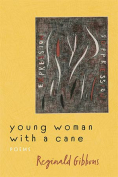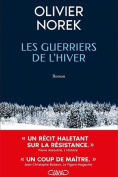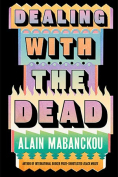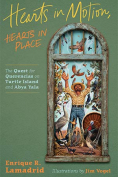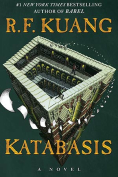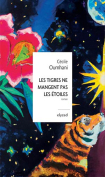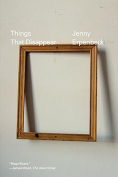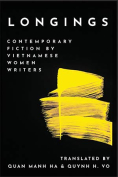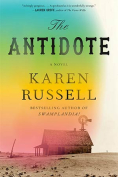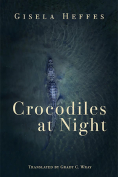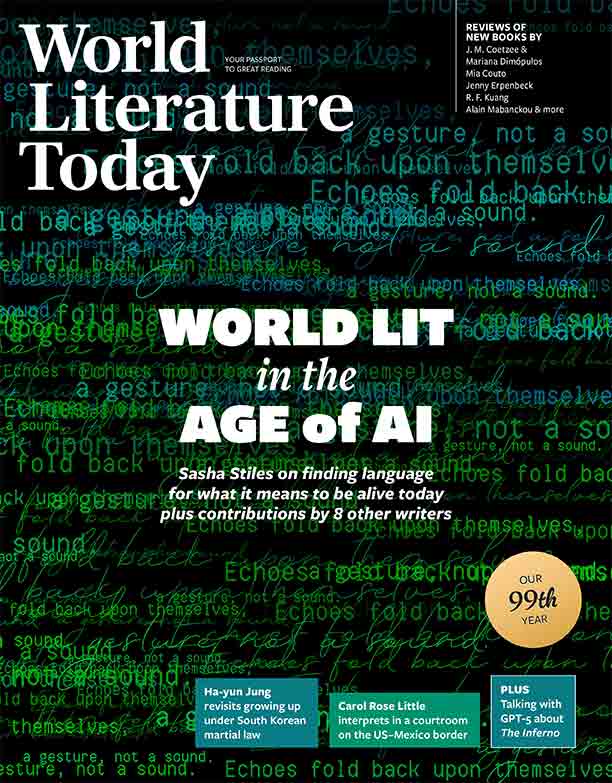Empty Pool by Isabel Zapata
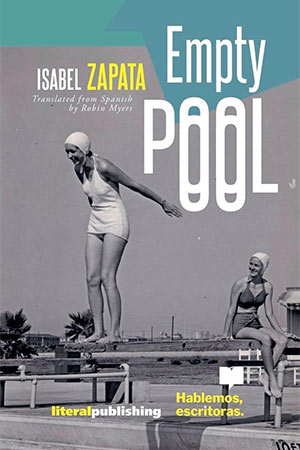
Austin / Houston. Hablemos Escritoras / Literal. 2024. 105 pages.
In the prologue to Isabel Zapata’s Empty Pool, Robin Myers translates Alejandro Zambra as he quotes Zapata herself: “Books strive for the ultimate, the definitive; compared to conversation, though, they come up short.” This sentence is a fitting diving board into Empty Pool, which is both a book and a conversation Isabel Zapata is having with others and with herself.
We might be tempted to think of these essays as sui generis, hybrid works along the spectrum between poetry and prose. But I wonder if, in their conversational essence, they don’t in fact come closer to the Montaignian essence of the essay as a tool of self-discovery. Zapata’s prose is poetic (she is a poet, after all), but here she proves—as in books like In Vitro and A Whale Is a Country, both likewise translated by Robin Myers—that the poem and the essay often serve the same purpose.
Zapata is a masterful writer of the ripple effect. She jumps off from the realest of subjects (pregnancy and animals, respectively, in the two books mentioned above) and weaves her writing around them in expanding rings, broadening horizons while never reaching a concrete conclusion. She does the same in Empty Pool, but here the ripples come from a scattering of pebbles rather than one heavy stone: she takes photographs, octopi, dogs, her mother’s library, her grandmother’s lentils, “unfaithful” translations, birds, buffets, background noise, reading aloud, and swimming pools and makes each the focal point of a web of insights that could easily go on growing far beyond these pages.
Empty Pool is indeed, as Zambra says, a “book-drawer”: a collection of utterances—both the author’s and others’—that brings disparate ideas into dialogue, like rummaging through faded clippings tucked away in an old writing desk. This is a neighborly way of putting a book together, and it becomes all the more so in Robin Myers’s translation. The book opens with an epigraph by Javier Peñalosa M.—another Mexican writer translated by Myers—and Zapata quotes Myers’s own poem “Light,” giving the translator the chance to leave her words in the original.
This book’s translator is thus also one of its many interlocutors. I heartily invite all those who enjoy seeing the minutiae of reality in different lights, and who appreciate the never-ending search for meaning that is the vocation of both essayist and poet, to listen in to this enriching conversation.
Arthur Malcolm Dixon
Tulsa
